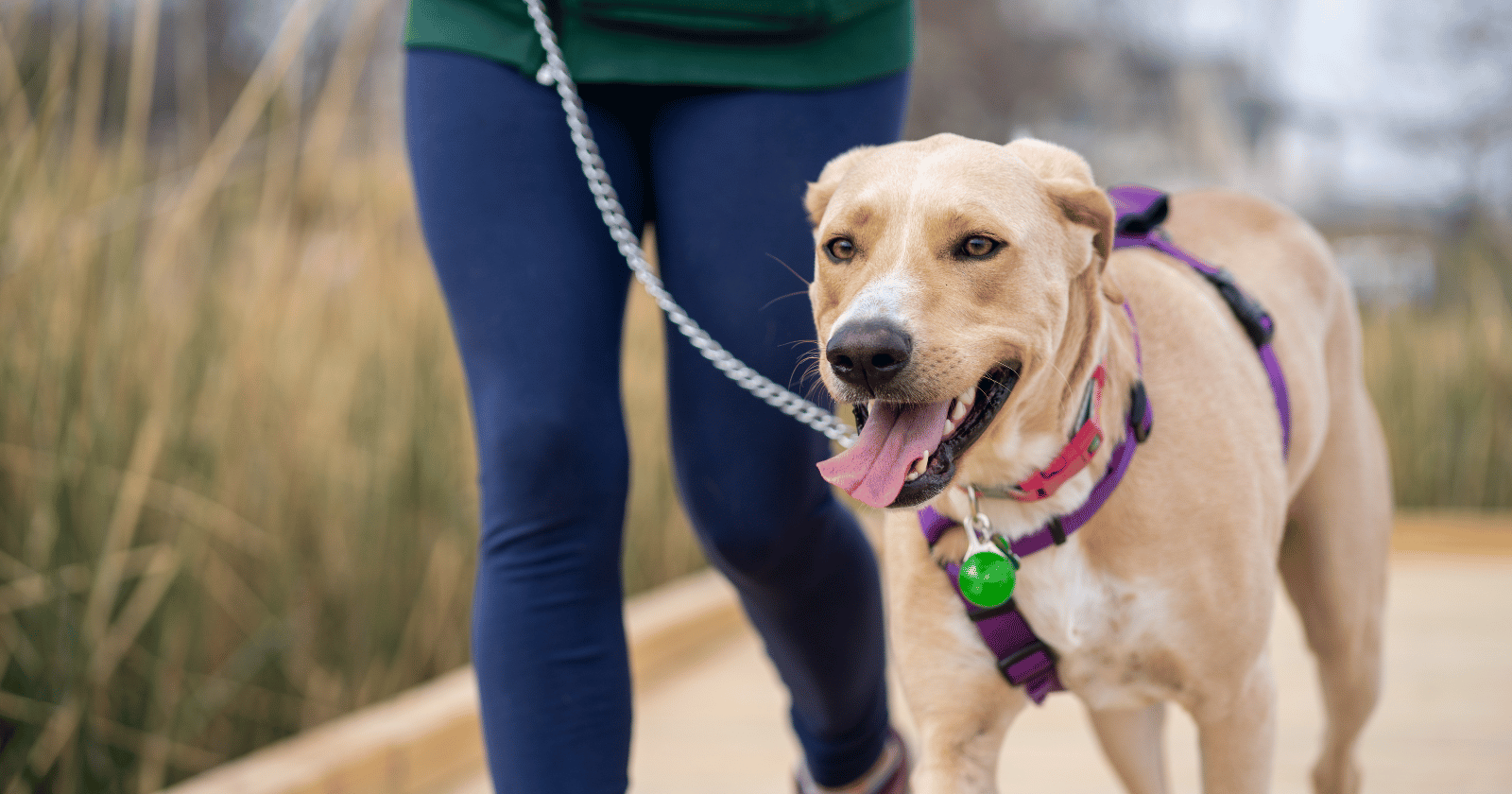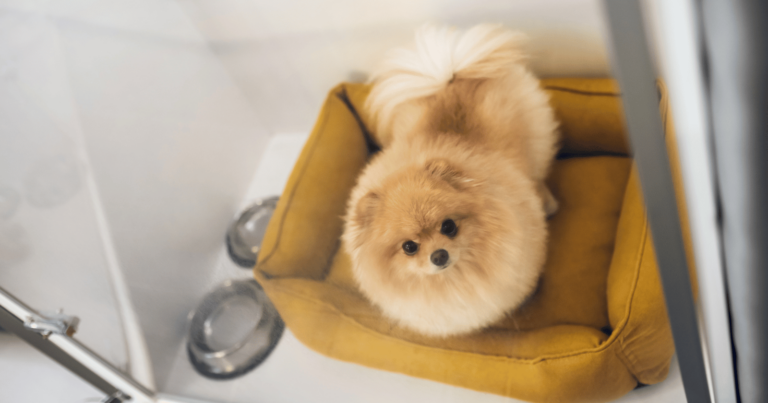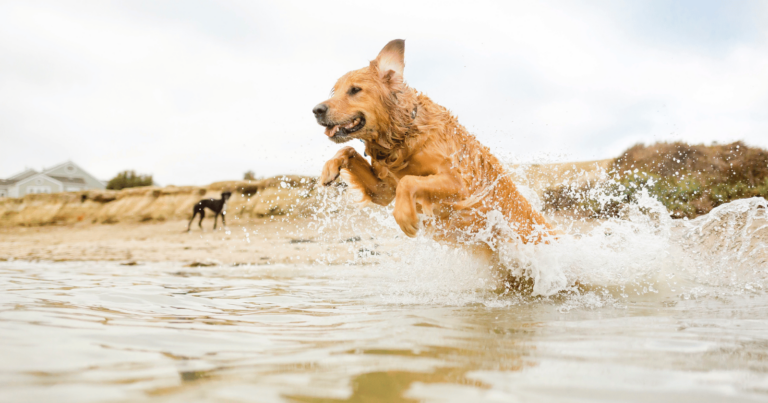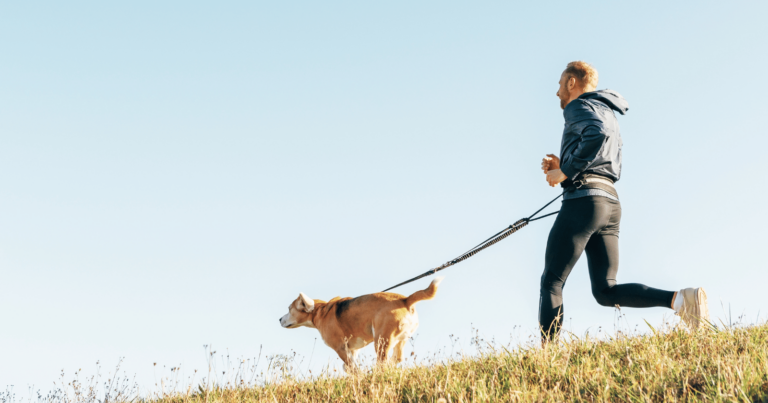Walking your dog isn’t just about attaching a leash and heading out the door.
It’s far more than that, and we all want our furry friends to be happy and healthy, don’t we?
Dog walking is a crucial aspect of your dog’s wellbeing.
It’s about providing exercise, stimulating their senses and strengthening your bond.
But let’s face it, not everyone knows the best ways to walk their dogs.
And that’s okay!
We’re all learning.
That’s why I’ve put together these nine essential dog walking tips.
Let’s dive in and make our walks even better for our four-legged pals!
1. Know your dog’s breed and age requirements
Let’s be honest.
Not all dogs are created equal when it comes to their walking needs.
Understanding your dog’s breed and age is crucial in determining how much exercise they need.
For example, a young Border Collie’s exercise needs will vastly differ from an older Bulldog’s.
Breed-specific behaviors also come into play here.
Some dogs may need more mental stimulation on their walks, while others need a more relaxed pace.
This isn’t about favoritism; it’s about catering to your dog’s specific needs.
So, before you head out for the next walk, take some time to understand your dog’s breed and age-related requirements.
It’s not just about keeping them happy and healthy; it’s about making the most of your time together.
2. Keep your walks varied and exciting
I learned this one the hard way.
I used to take my Labrador, Trevor, on the same route every day.
We’d walk down the same streets, pass the same trees and return home after exactly 30 minutes.
One day, I noticed Trevor seemed less excited for our walks.
His tail wasn’t wagging as furiously, and he seemed to drag his feet more.
I realized our walks had become monotonous for him.
So, I decided to change things up.
We started exploring different parks, new neighborhoods, and even trails by the creek.
The change was immediate!
Trevor was back to his energetic self, tail wagging and eyes bright with excitement.
Changing your walking route not only keeps things interesting for your dog but also exposes them to different smells, sights, and sounds.
This variety is excellent for their mental stimulation.
3. Practice good leash manners

Leash manners aren’t just about stopping your dog from pulling.
It’s about effective communication between you and your furry friend.
Dogs, by nature, don’t understand the concept of leashes.
In their minds, there’s a whole world to explore, and the leash is simply getting in the way.
It’s our job to teach them how to behave on a leash.
There’s a common myth that using a retractable leash gives dogs more freedom.
However, these types of leashes can actually encourage pulling and can even be dangerous, causing injuries to both dogs and humans.
Instead, use a standard 4-6 foot leash for your walks.
This gives you better control and allows you to guide your dog more effectively.
Teaching your dog good leash manners takes time and patience, but it’s worth it.
Your walks will be much more pleasant without the constant tug-of-war!
4. Don’t forget the poop bags
This one might seem obvious, but it’s surprising how often it’s overlooked.
Always remember to bring poop bags on your walks.
Cleaning up after your dog is not just a courtesy to others, it’s also the law in many places.
Plus, dog waste can carry diseases and parasites that can harm other animals and even people.
I’ve found it helpful to keep a stash of poop bags near my dog’s leash.
That way, I never forget to grab one before we head out the door.
5. Schedule walks around their meals
Timing is everything, especially when it comes to your dog’s walks and meals.
Walking your dog before a meal can help stimulate their appetite.
But walking them immediately after a meal, especially for larger breeds, can increase the risk of bloating and gastric torsion, a serious health condition.
A good rule of thumb is to wait at least 30 minutes to an hour after feeding to take your dog for a walk.
Conversely, you should feed your dog at least 30 minutes after a strenuous walk or play session.
6. Make time for play and bonding
Walks aren’t just about exercise and bathroom breaks.
They’re also about spending quality time with your furry friend.
I cannot emphasize enough the importance of this bonding time.
It’s a chance for you to connect with your dog, understand their behavior, and build trust.
Sometimes, it’s not about how far or how fast you walk.
It’s about that precious moment when your dog looks up at you with those loving eyes, tail wagging, clearly saying, “I’m so happy to be here with you.”
Take time to play with your dog during your walks.
Maybe bring along their favorite toy or take a break to enjoy a game of fetch.
These moments create lasting memories and deepen the bond between you and your pet.
7. Pay attention to the weather
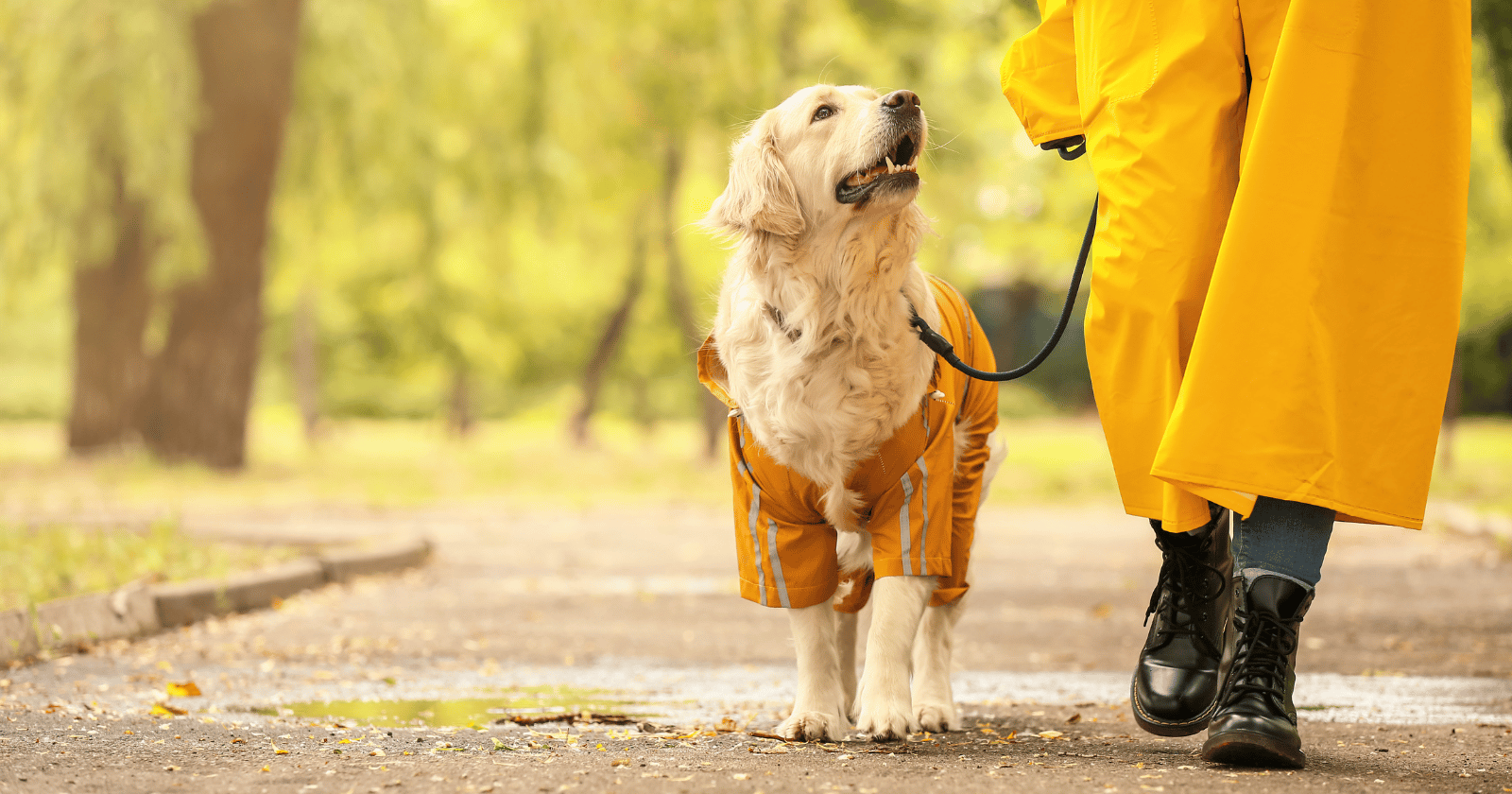
I learned this lesson the hard way one summer.
The day was hotter than usual, but I decided to take Trevor, on our regular afternoon walk.
Halfway through the walk, Trevor started panting heavily and limping.
It turned out the hot pavement had burned Trevor’s paws.
I was heartbroken and felt incredibly guilty.
I’d overlooked something so crucial as checking the ground temperature before our walk.
Now, I always place my hand on the pavement for a few seconds before we head out.
If it’s too hot for my hand, it’s too hot for Trevor’s paws.
The same rule applies in colder weather.
If it’s too cold for you to be outside without gloves, it’s probably too cold for your dog to be out without protection.
Be mindful of the weather conditions and adjust your walking routine accordingly.
Your dog’s comfort and safety should always come first.
8. Practice obedience training during walks
Walks are a great opportunity to reinforce obedience training.
It’s not just about sitting and staying; it’s about teaching your dog how to behave in various situations.
For instance, if your dog tends to get overly excited when they see other dogs or people, use these encounters as training opportunities.
Teach them to sit and stay calm until the distraction passes.
This can be challenging, especially in an environment full of exciting smells, sights, and sounds.
But with consistent training, your dog can learn to behave appropriately during walks.
9. Prioritize your dog’s needs and comfort
At the end of the day, no tip or trick matters more than your dog’s comfort and happiness.
Always prioritize their needs during walks.
Are they comfortable with their collar and leash?
Are they showing signs of fatigue or discomfort?
Do they seem happy during the walk?
Always observe your dog’s behavior and adjust accordingly.
If something doesn’t seem quite right, it probably isn’t.
Trust your instincts; you know your dog best.
It’s all about love
In the end, every aspect of caring for your dog, including walking them, revolves around one simple yet profound concept: love.
Our canine companions are more than just pets.
They’re family members who offer us unconditional love and companionship.
And in return, they deserve our utmost care and consideration.
Your dog’s walks are more than just a routine or a form of exercise.
They’re opportunities for bonding, for exploration, for joy.
And these moments, day in and day out, build the foundation of your relationship with your dog.
Remember that every walk you take is an adventure in your dog’s eyes.
Each new smell is a mystery to unravel, each passerby a potential friend to meet.


